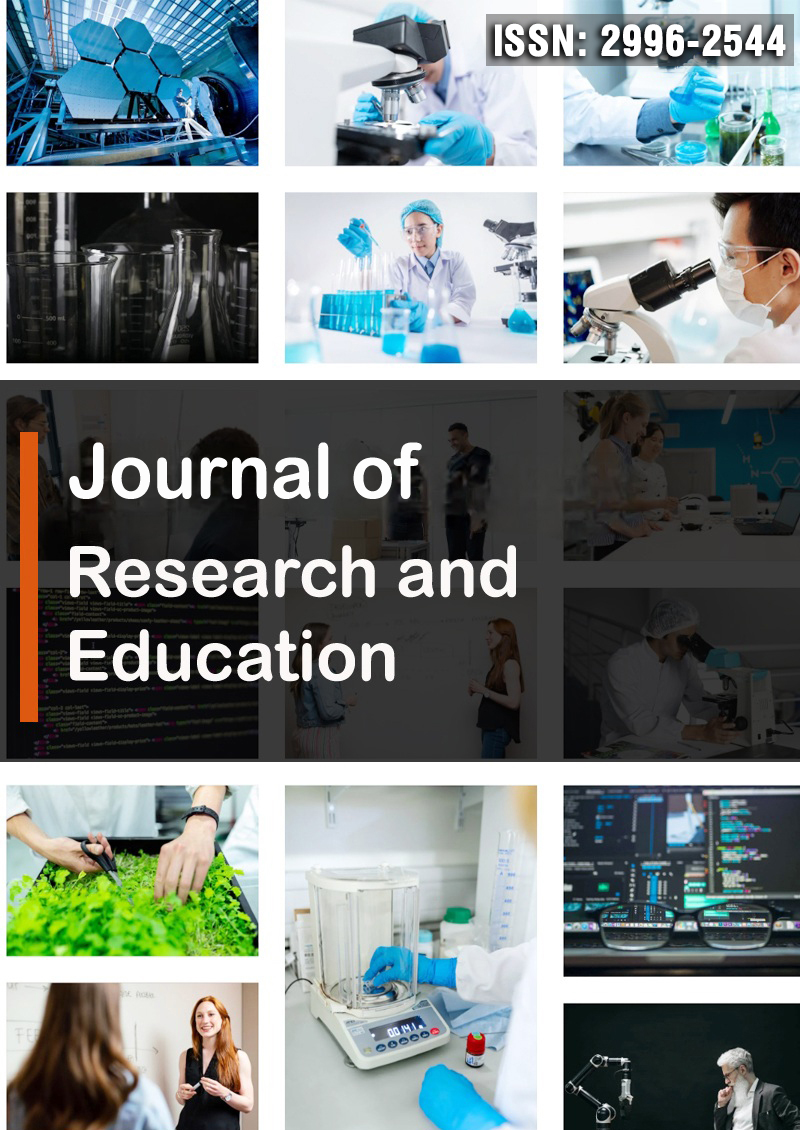Review on Feed Associated Options to Reduce Greenhouse Gas Emissions from Ruminant Animals
Abstract
Fikre Dereba Beyena
Animal production is a significant source of greenhouse gas (GHG) emissions worldwide. This review aimed to summarize the current status of feed associated options from ruminants and its implication for their reduced GHG emissions. The emission of greenhouse gases (GHG) from ruminant livestock is influenced by different factors such as dietary characteristics as well as the fermentation conditions in the rumen. So, reducing greenhouse gas emissions by changing nutrient composition (e.g. shifting towards concentrate based diets, use of forages at an earlier stage of maturity). Feed additives have been comprehensively studied in vitro and in vivo for their methane reducing potential. The use of fodder trees has been developed through the process of pelleting; Leucaena leucocephala leaf pellets (LLP), Moringa oleifera pellets, and Red macroalgae (Asparagopsis taxiformis) pellets can be used as good sources of protein to supplement ruminant feeding. Feed additives containing plant secondary compounds (tannins, saponins, essential oil), and ionophores (monensin, lasalocid). This approach could help to decrease rumen protozoa and methanogens and thus reduce the production of methane gas. Considerable additional research is still needed in order to use both conventional and non-conventional feed resources their potential to affect greenhouse gas emissions by the animals.



